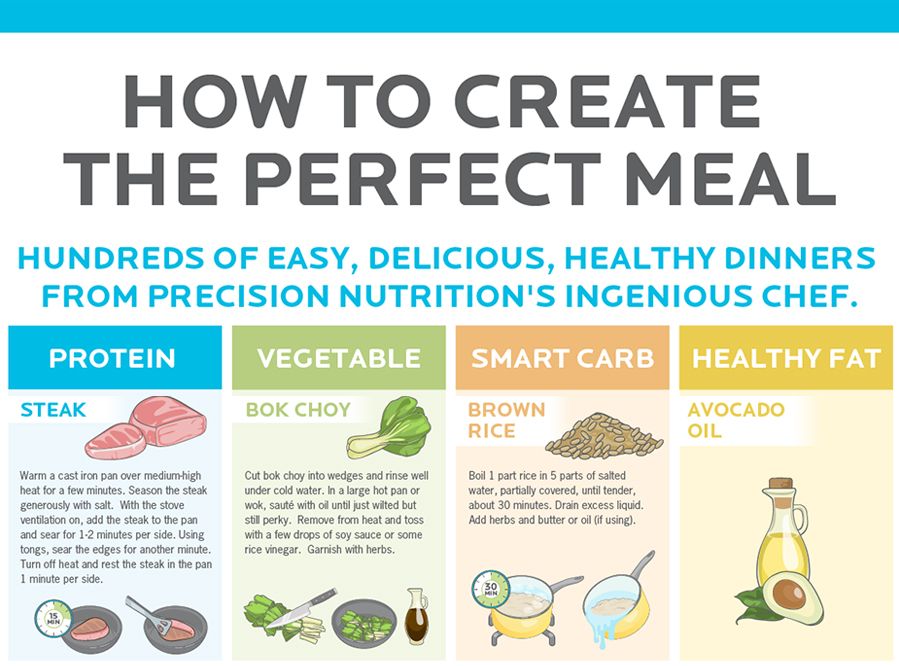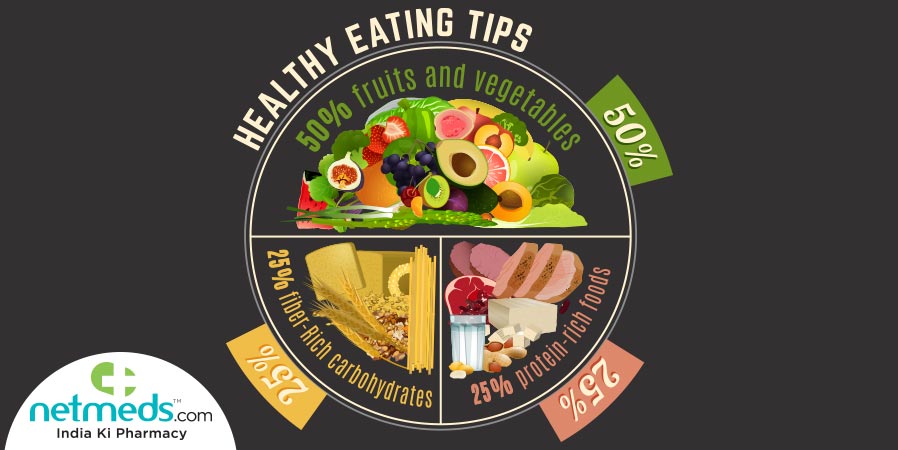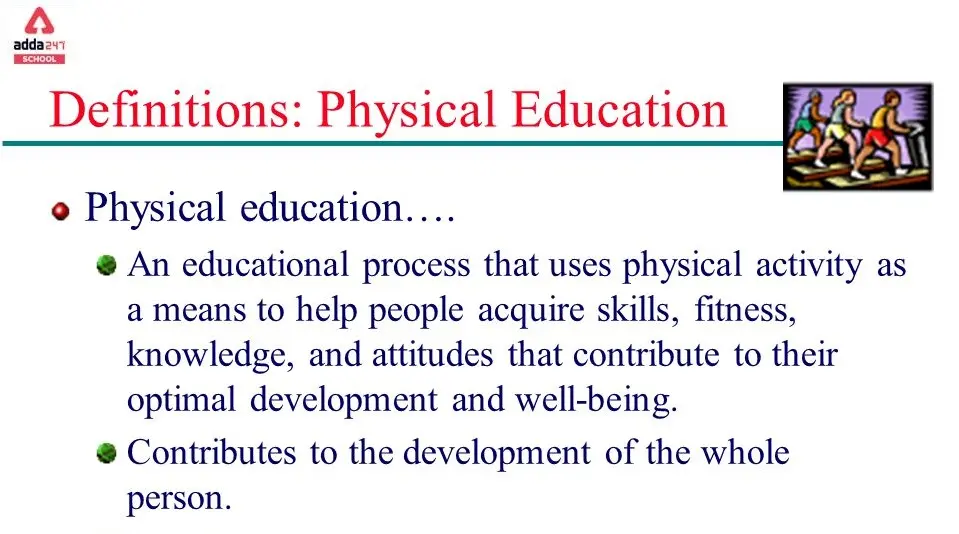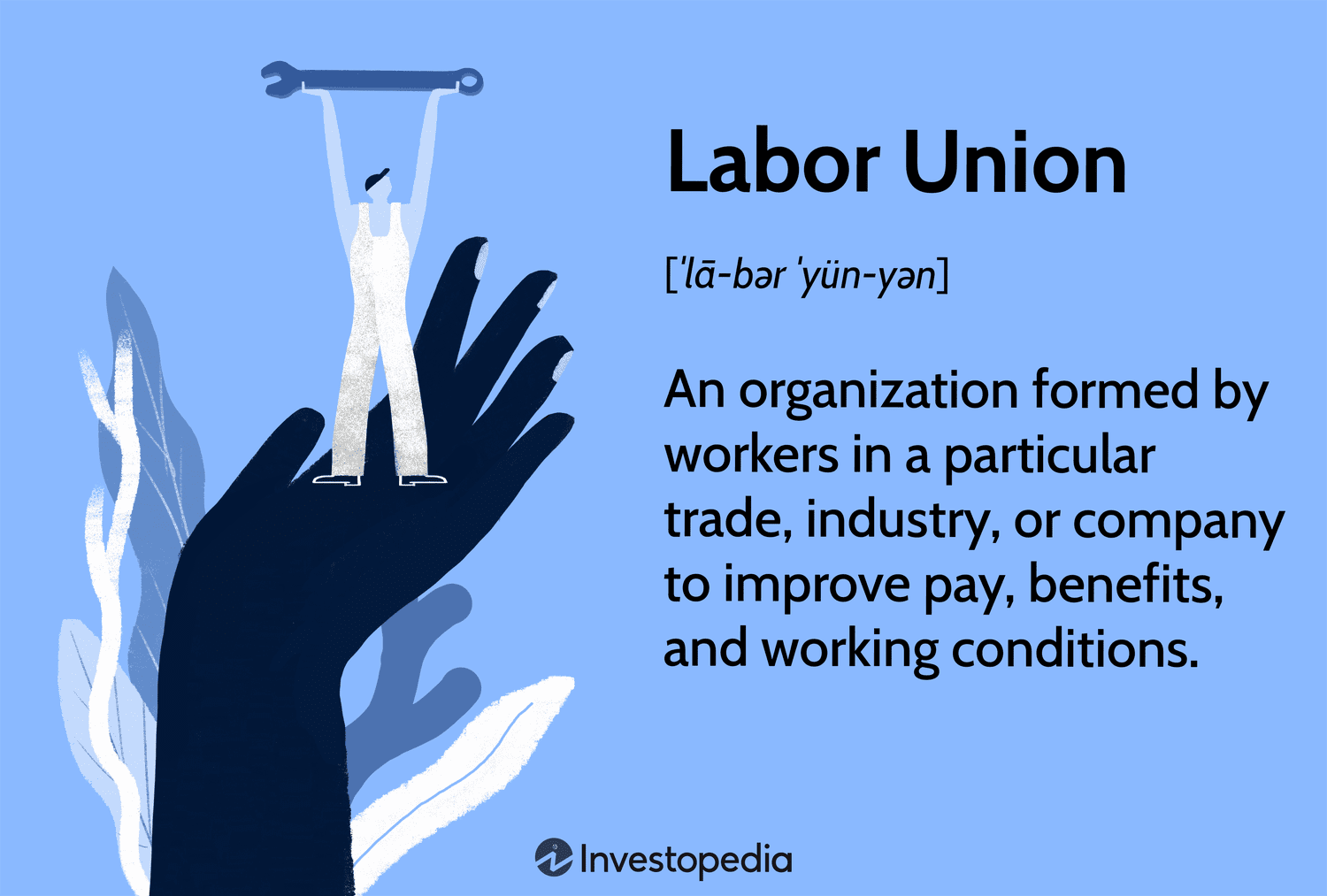Creating a Nutritious Meal Plan: A Step-by-Step Guide
Mia Wilson

Photo: Creating a Nutritious Meal Plan: A Step-by-Step Guide
Creating a Nutritious Meal Plan: A Step-by-Step Guide
In today’s fast-paced world, maintaining a healthy lifestyle can be challenging. With so many dietary trends and conflicting nutrition advice, it's easy to feel overwhelmed. One of the most effective ways to ensure balanced eating habits is by creating a well-rounded meal plan. This article will provide a detailed, step-by-step guide on how to craft a nutritious meal plan tailored to your personal needs.
Why Create a Meal Plan?
A nutritious meal plan offers numerous benefits, including better control over your diet, reduced food waste, and improved overall health. When you plan meals ahead, you’re more likely to stick to healthy choices and avoid last-minute indulgences. Additionally, meal planning saves time, reduces stress during busy weeks, and helps manage your grocery budget effectively.
Key Benefits of a Nutritious Meal Plan
- Balanced Nutrition: Ensures you get the right mix of macronutrients (proteins, fats, and carbohydrates) and essential micronutrients.
- Portion Control: Helps prevent overeating and supports weight management goals.
- Time Efficiency: Reduces the daily hassle of deciding what to eat.
- Cost Savings: Minimizes impulsive purchases and food waste.
Step 1: Assess Your Nutritional Needs
The first step in creating a meal plan is understanding your body’s specific nutritional requirements. These needs can vary based on factors such as age, gender, activity level, and health goals.
- Caloric Requirements: Use online calculators or consult a nutritionist to determine your daily calorie needs.
- Macronutrient Distribution: Aim for a balanced intake of protein (10–35%), carbohydrates (45–65%), and fats (20–35%) based on your lifestyle and fitness goals.
- Special Dietary Considerations: If you have dietary restrictions (e.g., vegetarian, gluten-free, or dairy-free), factor those into your meal plan.
Step 2: Choose a Meal Planning Method
There are several methods for meal planning, and choosing one depends on your preferences and schedule.
Batch Cooking
Batch cooking involves preparing meals in large quantities and storing them for later consumption. This method is ideal for those with busy lifestyles, as it reduces the need for daily cooking.
Theme Nights
Assigning themes to each day of the week (e.g., Meatless Monday, Taco Tuesday) adds variety and makes planning easier. This approach also keeps meals fun and engaging for families.
Flexible Meal Prep
Instead of preparing full meals, focus on prepping ingredients that can be mixed and matched throughout the week. For example, cook a large batch of quinoa, roast vegetables, and grill chicken to create multiple meal combinations.
Step 3: Plan Balanced Meals
A balanced meal contains a mix of macronutrients and plenty of vegetables. When planning your meals, use the "plate method", which suggests:
- Half the plate: Non-starchy vegetables (e.g., spinach, broccoli, bell peppers)
- One-quarter of the plate: Lean protein (e.g., chicken, tofu, beans)
- One-quarter of the plate: Whole grains or starchy vegetables (e.g., brown rice, sweet potatoes)
Breakfast Ideas
- Overnight oats with chia seeds, topped with berries and a drizzle of honey.
- Scrambled eggs with spinach and whole-grain toast.
- Smoothie bowls made from blended fruits, spinach, and almond milk.
Lunch Ideas
- Grilled chicken salad with a variety of colorful vegetables and olive oil dressing.
- Quinoa bowls with roasted vegetables and a protein of your choice.
- Whole-grain wraps filled with lean turkey, hummus, and greens.
Dinner Ideas
- Baked salmon with steamed broccoli and wild rice.
- Vegetarian stir-fry with tofu, bell peppers, and brown rice.
- Lentil soup paired with a side of whole-grain bread.
Step 4: Make a Grocery List
Once your meals are planned, create a detailed grocery list. Organize the list by food categories (e.g., produce, dairy, pantry staples) to make your shopping trip more efficient.
Tips for Smart Grocery Shopping
- Stick to Your List: Avoid impulse buys by adhering strictly to your list.
- Shop the Perimeter: Most fresh and nutritious foods, like fruits, vegetables, and proteins, are found around the perimeter of the store.
- Buy in Bulk: Purchase non-perishable items, such as grains and legumes, in bulk to save money.
Step 5: Prepare and Store Your Meals
Meal preparation doesn’t have to be time-consuming. Dedicate a specific day of the week to prepping your meals, and ensure they’re stored properly to maintain freshness.
- Use airtight containers: Glass containers are ideal for preserving the flavor and quality of food.
- Label and date your meals: This helps you track what needs to be consumed first.
- Freeze extras: If you’ve made large batches, freezing can prevent spoilage and extend the life of your meals.
Common Pitfalls to Avoid
While meal planning is highly beneficial, certain pitfalls can undermine your efforts:
- Lack of Variety: Eating the same meals repeatedly can lead to boredom. Incorporate different cuisines and seasonal ingredients to keep things exciting.
- Overcomplicating the Process: Keep it simple, especially when starting out. Focus on easy-to-make recipes with minimal ingredients.
- Ignoring Snacks: Healthy snacks, such as nuts, fruit, or yogurt, should be part of your meal plan to prevent overeating during main meals.
Conclusion: Building Healthy Habits for the Long Term
Creating a nutritious meal plan is a powerful tool for improving your health and lifestyle. By taking the time to assess your nutritional needs, plan balanced meals, and prepare them in advance, you set yourself up for long-term success. Remember, the key to effective meal planning is consistency, flexibility, and a focus on whole, unprocessed foods.
Start small, stay committed, and enjoy the journey toward healthier eating habits. For more tips on nutrition and wellness, consider consulting reputable health resources or speaking with a registered dietitian.
For You
View AllDiscover the importance of physical education, its benefits, and why it's crucial for overall development. Learn more now!
Mia Wilson
Learn what labor unions are, their purpose, and their impact on workers' rights and industries. Click for key insights!
Mia Wilson
Dive into the philosophy of education, its principles, and how it shapes teaching and learning. Explore its impact today!
Mia Wilson
Stay ahead with the latest real estate market trends and insights. Click to explore what’s shaping property markets today!
Mia Wilson
Uncover the most promising blockchain projects to keep an eye on this year.
Mia Wilson
Discover effective strategies to protect your VPS from cyber threats.
Mia Wilson
Health










Education
View All
April 17, 2025
What Is Secondary Education? Explained!
Learn about secondary education, its structure, and its role in shaping academic and career paths. Get insights today!

May 20, 2025
What Is Health Education?
Discover the importance of health education in promoting wellness and preventing diseases. Start your journey to health today!

May 27, 2025
What Is Brown vs. Board of Education?
Explore the historic Brown vs. Board of Education case, its impact on civil rights, and its legacy. Learn why it matters today!





